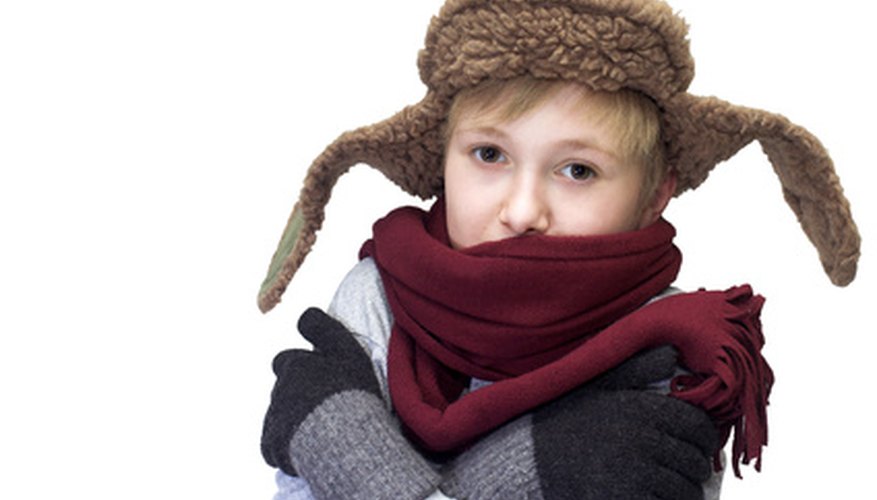"Chill seizure" is not an accurate term. When you are cold or sick, you may experience a chill or shiver. While this may look like a mild "seizure," chills and seizures are two entirely different mechanisms.
Why Do They Look the Same?
Both chills and seizures cause involuntary muscle contractions. Seizures last for a few seconds or minutes, but are lifelong symptoms of a larger disease with no cure. Chills resolve themselves once the source of the symptom has been removed.
Chill Mechanism
When the body needs to increase its core temperature, it begins to spasm or shiver to create heat by movement. The body releases a hormone to induce this mechanism.
- "Chill seizure" is not an accurate term.
- When the body needs to increase its core temperature, it begins to spasm or shiver to create heat by movement.
Chill Causes
Chills can result from an infection where the body needs to induce a fever to kill a micro-organism. Hypothermia also induces involuntary muscle contractions in an effort to restore normal body temperature.
Seizure Mechanism
Seizures result from the involuntary release of electrical activity in the brain. Symptoms range from slight twitches, phantom smells and minor time "skips." The most severe cases result in rigid muscle spasms and complete loss of consciousness.
Seizure Causes
A person who has seizures may have suffered lack of oxygen at birth, a meningitis infection, stroke or other neurological damage, or a drug overdose.
